 |
|
Bangabandhu Satellite-1 (Falcon 9) 11 May 2018 |
Space Launch Complex 39A Kennedy Space Center |
In the drive towards a “Digital Bangladesh” the country launched its first geostationary communications satellite, Bangabandhu Satellite-1, aboard a SpaceX Falcon 9 rocket on 11 May 2018 at 4:14 p.m. from Launch Complex 39A at Kennedy Space Center. Bangabandhu means “Friend of Bengal” in Bangladesh, and is the popular name for the first president of Bangladesh, Sheikh Mujibur Rahman, who was also instrumental in fighting for the country’s independence from Pakistan. Excerpts from the SpaceX press release: The Bangabandhu Satellite-1 mission will be the first to utilize Falcon 9 Block 5, the final substantial upgrade to SpaceX’s Falcon 9 launch vehicle. Falcon 9 Block 5 is designed to be capable of 10 or more flights with very limited refurbishment as SpaceX continues to strive for rapid reusability and extremely high reliability. Following stage separation, SpaceX will attempt to land Falcon 9’s first stage on the “Of Course I Still Love You” droneship, which will be stationed in the Atlantic Ocean. Bangabandhu Satellite-1 is Bangladesh’s first geostationary communications satellite. Development of the satellite program, known as the “Bangabandhu Satellite Launching Project,” was managed by the Bangladesh Telecommunication Regulatory Commission (BTRC) with technical support from Space Partnership International (SPI). The satellite, which is comprised of 26 Ku-band and 14 C-band transponders, was manufactured by Thales Alenia Space on the Spacebus 4000B2 platform and will be operated by the Bangladesh Communication Satellite Company Limited (BCSCL). Bangabandhu Satellite-1 has a primary service area encompassing Bangladesh and the surrounding region. The satellite will offer Ku-band coverage over Bangladesh and its territorial waters in the Bay of Bengal, as well as India, Nepal, Bhutan, Sri Lanka, the Philippines, and Indonesia. It will also provide C- band capacity for the entire region. Located at 119.1° East, Bangabandhu Satellite-1 will provide direct-to-home (DTH) services, video distribution and very small aperture terminal (VSAT) communications across Bangladesh. The satellite will also provide broadband connectivity to rural areas throughout the country. Bangabandhu Satellite- 1’s mission is expected to last at least 15 years. |
|
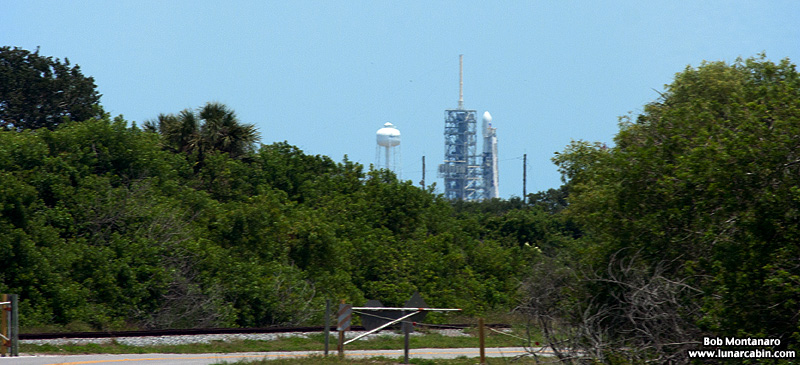 |
|
Distant view of Launch Complex 39A with the Falcon 9 rocket standing alongside the gantry. |
|
 |
|
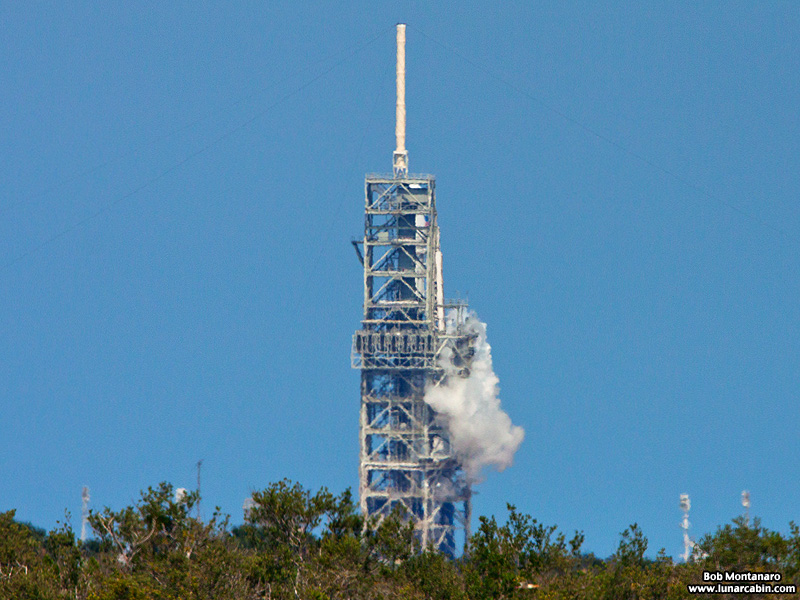 |
|
Venting gaseous oxygen during fueling. From this angle the Falcon 9 is directly behind the gantry. |
|
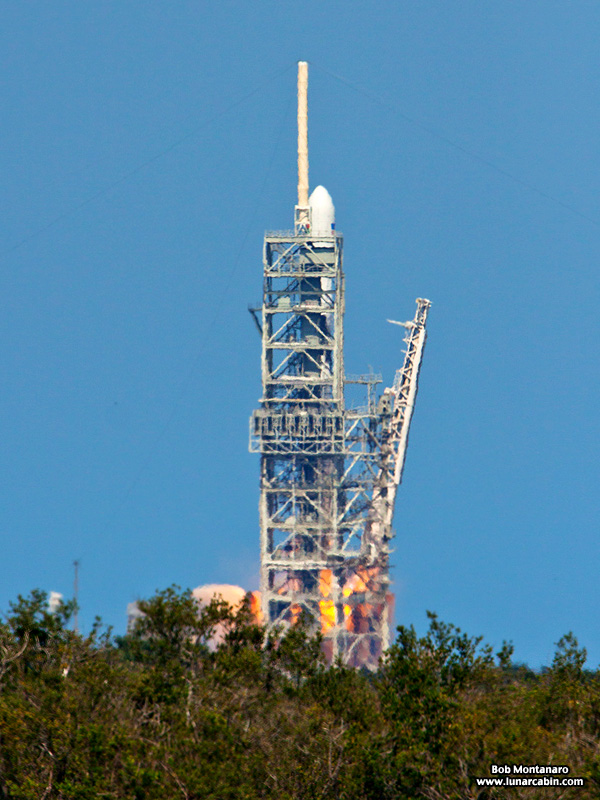 |
|
Liftoff at 4:14 p.m. |
|
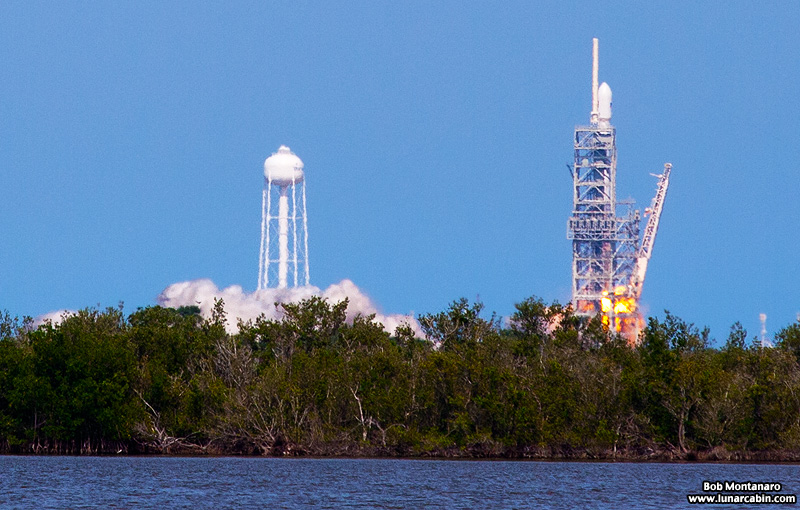 |
|
 |
|
 |
|
 |
|
 |
|
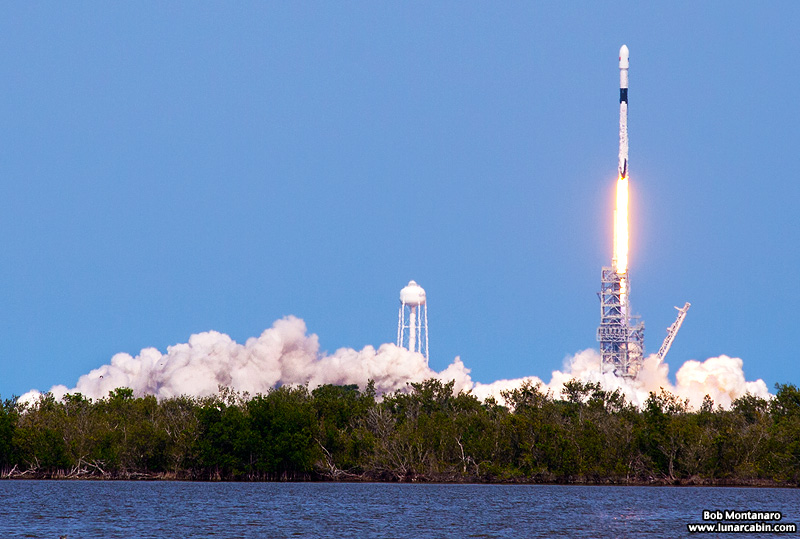 |
|
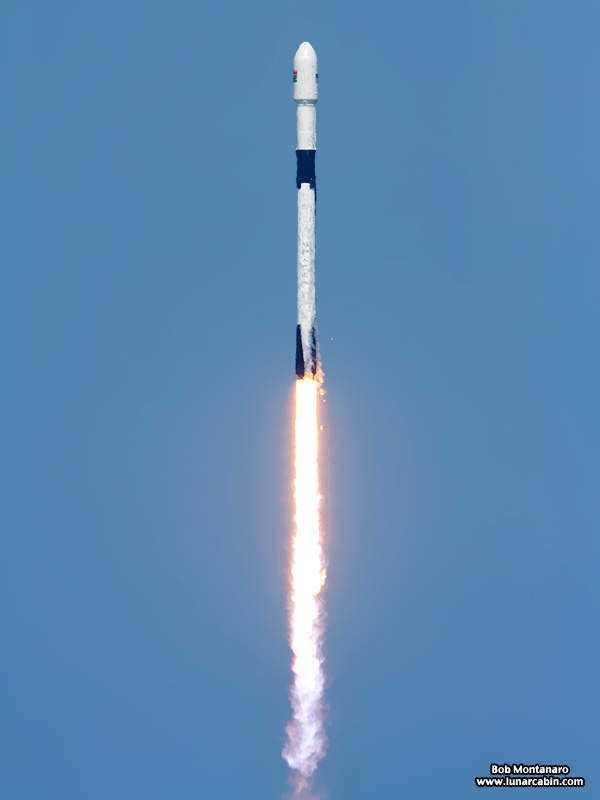 |
|
 |
|
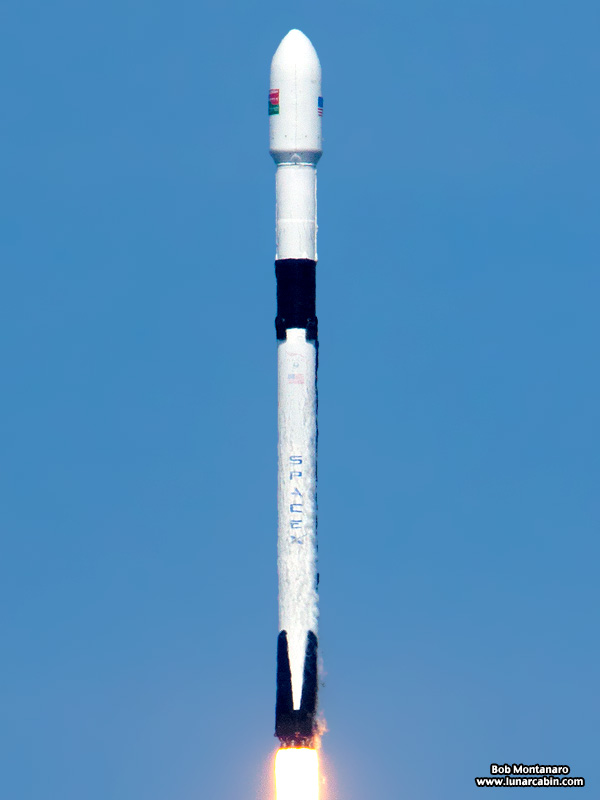 |
|
 |
|
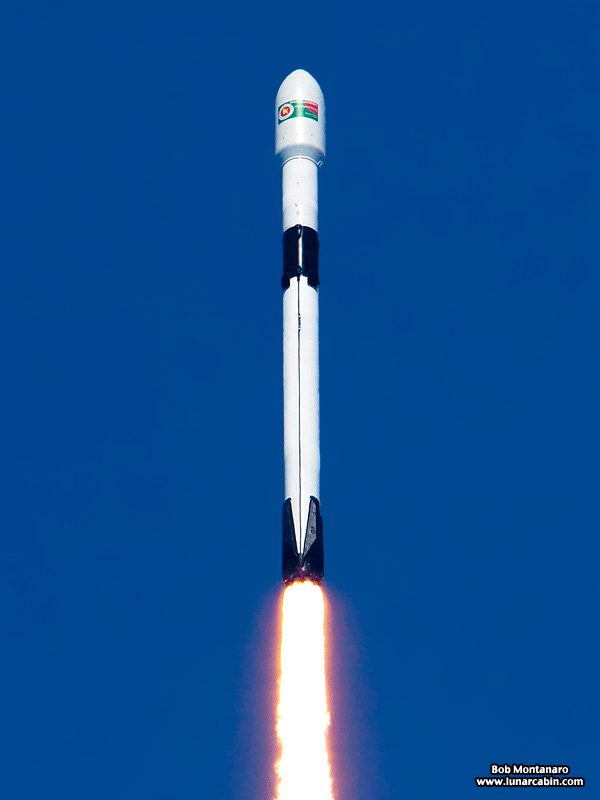 |
|
 |
|
| Shock waves form around the vehicle as it transits simultaneously through the sound barrier and a layer of moist air. | |
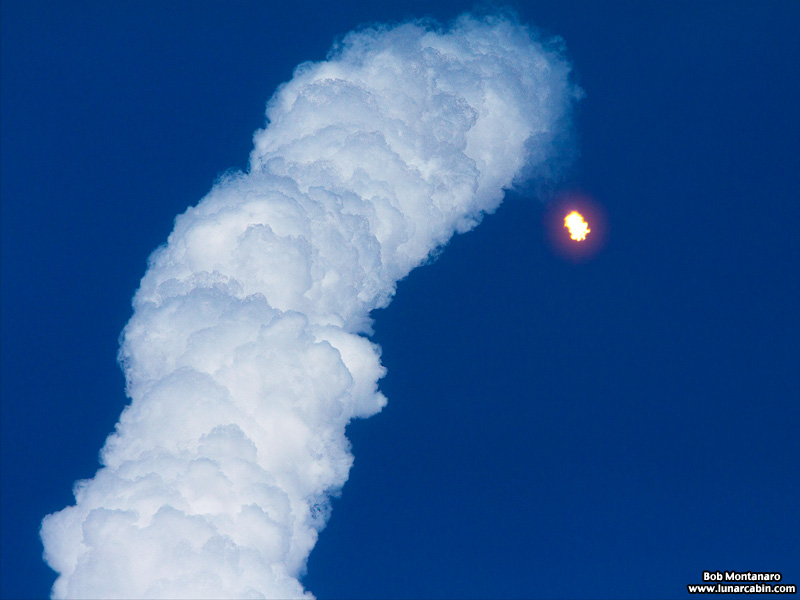 |
|
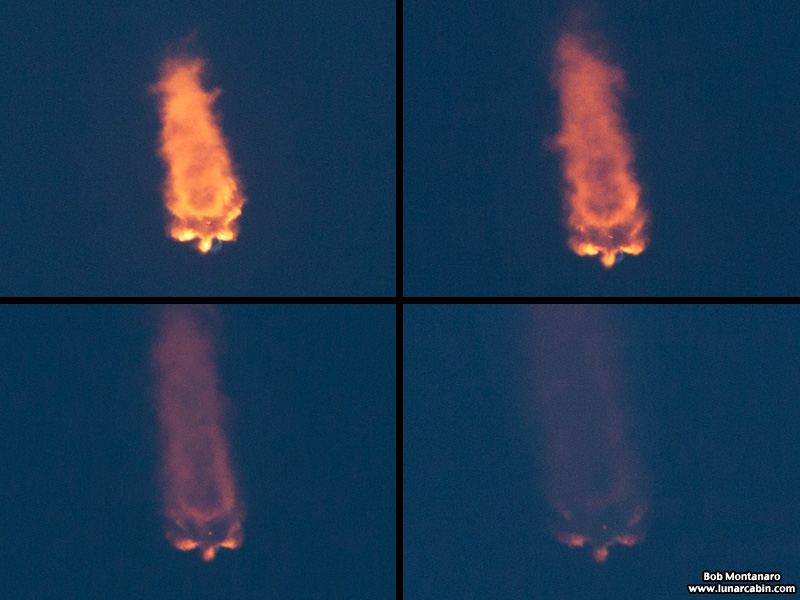 |
|
| As the first stage booster headed toward Main Engine Cutoff it passed behind a layer of haze that obscured shutdown and stage separation. | |
 |
|
The now empty LC-39A with the Transporter Erector still retracted to its launch position. |
|
 |
|
| The action now switches to the large outdoor TV screen set up at the Banana Creek Viewing Area alongside the Saturn V Center at Kennedy Space Center. The crowd watches a live feed showing the second stage's Merlin Vacuum Engine glowing red hot as it propels the satellite into orbit with the curve of the Earth in the background. | |
 |
|
| Success for the Falcon 9 Block 5 first stage seen here moments after it landed on the "Of Course I Still Love You" droneship positioned a few hundred miles downrange in the Atlantic Ocean. The landing occurred about eight minutes after launch. Meanwhile, the second stage successfully deployed Bangabandhu Satellite-1 into a geostationary transfer orbit. | |
All contents copyright Lunar Cabin |
|